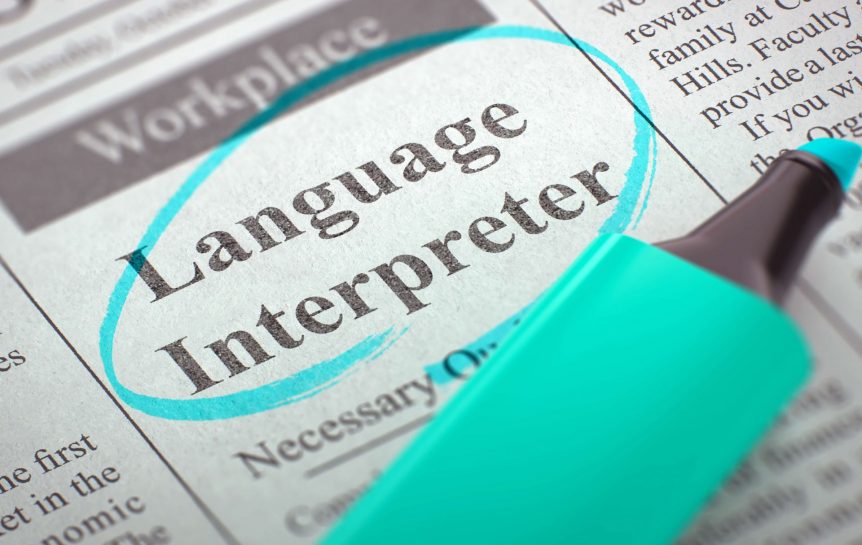Simultaneous Translation
Once you start planning your global conference, one of the things that you should decide upon will be interpretation services. These language services will make sure that all communications within the conference go well. When you start looking at interpretation services, you will need to choose from consecutive and simultaneous translation. These two options both have their own advantages and disadvantages. You will need to consider them carefully in order to determine what is right for your international business meeting or conference.
Simultaneous Translation
The first option that you will have is consecutive translation. This type of translation has a few different positives. Because the interpretations are done in blocks after various pieces of speech, the communications will be clearly understood and there will be no problem with confusion or disarray. The downside to choosing consecutive translation would be that it can cause delays. Your attendants will have to wait for each piece of communication to be translated before they can continue speaking or respond. These delays can at times be frustrating.
The other option that you could choose would be simultaneous translation. This method is different. In this method, the translators will be working to interpret every part of speech as it is being said. The best thing about simultaneous translation is that it is immediate and quick. People will not have to wait to respond and the communications will go much more quickly and smoothly. The only downside to simultaneous translation would be that it could get confusing if the speaking and interpretation is going very quickly.
Should you choose consecutive or simultaneous translation? You will need to decide this based on the type of conference that you will be holding and your own preference. Consider the positives and the negatives carefully so that you can choose the right option. This will help you make sure all conference communications can go as smoothly as possible.

